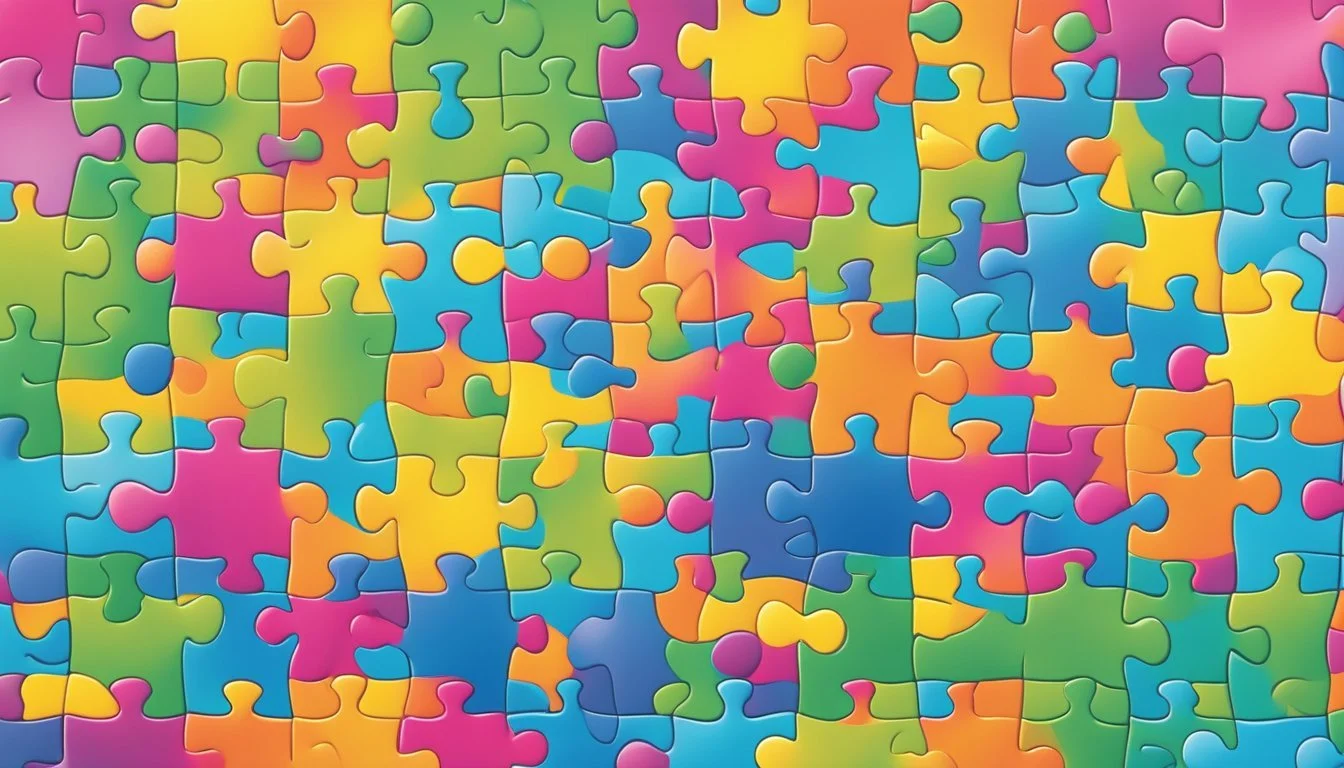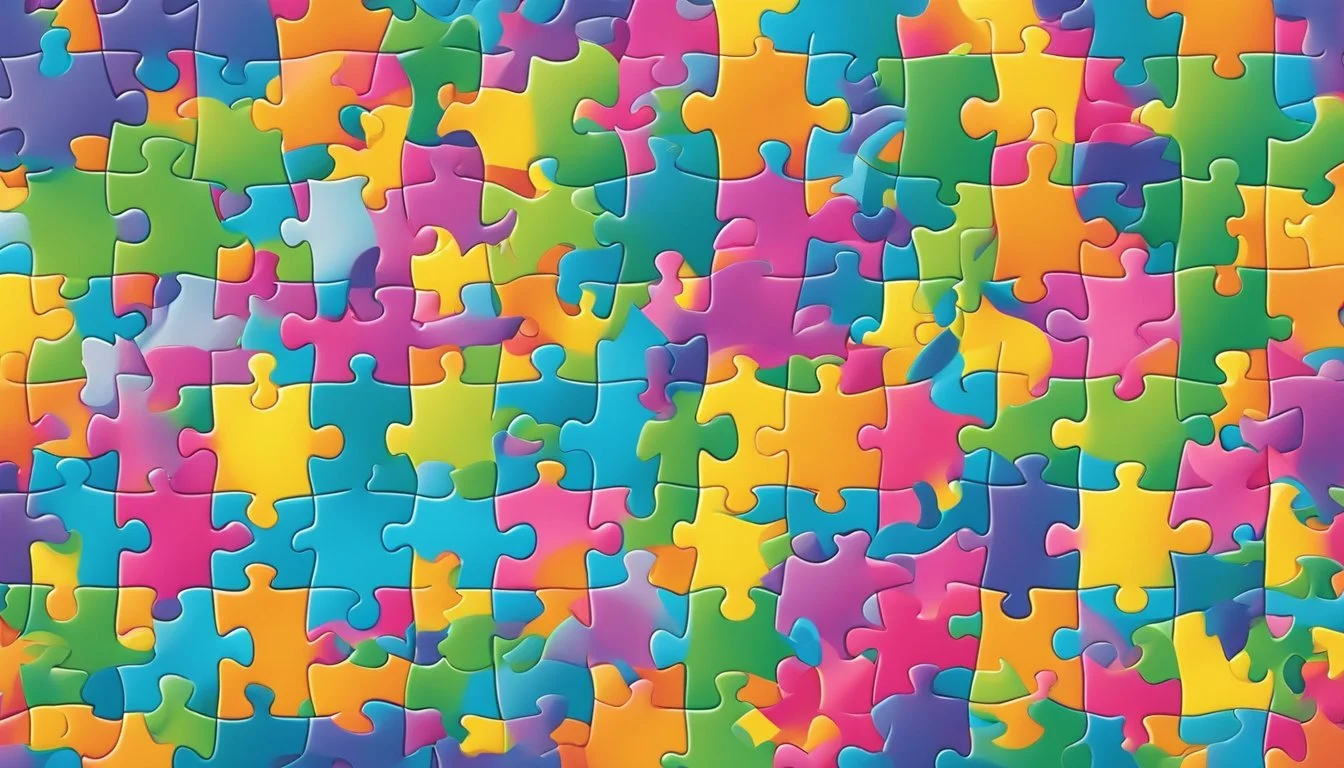Exploring Autism Treatment Advancements and Realities
Autism spectrum disorder (ASD) is a complex neurodevelopmental condition that affects social interaction, communication, and behavior. Many individuals and families affected by autism seek information about potential cures or treatments. While there is currently no known cure for autism, various therapies and interventions can significantly improve symptoms and quality of life for those on the spectrum.
Research into autism continues to advance, with promising developments in early intervention strategies. Some studies suggest that addressing specific genetic mutations or supplementing missing amino acids in the brain may lead to improvements in certain cases. However, these findings are preliminary and do not apply to all forms of autism.
Treatment approaches for autism focus on managing symptoms, supporting development, and enhancing skills. These may include behavioral therapies, educational interventions, and in some cases, medications to address specific symptoms. The goal is to help individuals with autism reach their full potential and lead fulfilling lives, rather than seeking a cure for the underlying condition.
Understanding Autism Spectrum Disorder (ASD)
Autism Spectrum Disorder is a complex neurodevelopmental condition that affects communication, social interaction, and behavior. It presents differently in each individual, with a wide range of strengths and challenges.
Defining ASD and Neurodiversity
Autism Spectrum Disorder encompasses a broad range of conditions previously diagnosed separately, including autistic disorder, Asperger's syndrome, and pervasive developmental disorder not otherwise specified. ASD is considered a spectrum because of the wide variation in type and severity of symptoms.
Neurodiversity refers to the concept that neurological differences, including ASD, are natural variations in human brain function. This perspective views autism as a difference rather than a deficit.
ASD is characterized by:
Differences in social communication and interaction
Restricted or repetitive patterns of behavior or interests
Sensory sensitivities or interests
Signs and Symptoms in Children and Adults
Signs of ASD often appear in early childhood, but some individuals may not receive a diagnosis until later in life. Common signs in children include:
Delayed speech or lack of babbling
Limited eye contact
Difficulty understanding social cues
Intense focus on specific interests
Repetitive behaviors or movements
In adults, ASD may manifest as:
Challenges in maintaining relationships
Difficulty with workplace social interactions
Highly specialized interests
Preference for routine and structure
Symptoms can range from mild to severe and may change over time.
Autism Diagnosis
Diagnosing ASD involves a comprehensive evaluation by a team of specialists. The process typically includes:
Developmental screening during routine check-ups
Comprehensive diagnostic evaluation
Assessment of cognitive abilities and language skills
Diagnostic criteria are based on the DSM-5 (Diagnostic and Statistical Manual of Mental Disorders, 5th edition). Early diagnosis is crucial for accessing appropriate support and interventions.
Specialists involved in diagnosis may include:
Pediatricians
Child psychologists
Speech-language pathologists
Occupational therapists
There is no medical test for ASD. Diagnosis relies on observing behavior and assessing developmental history.
Treatment and Intervention Strategies
While autism cannot be cured, various treatments and interventions can help manage symptoms and improve quality of life. These approaches focus on developing skills, reducing challenging behaviors, and promoting independence.
Overview of Autism Treatments
Autism treatments are tailored to each individual's needs. Early intervention is crucial for better outcomes. Treatment plans often combine multiple approaches.
Commonly used interventions include:
Behavioral therapies
Educational programs
Communication training
Social skills development
Occupational therapy
Speech therapy
Physical therapy
Treatments aim to address core autism symptoms and associated challenges. The goal is to maximize a person's potential and enhance their ability to function in daily life.
Behavioral and Educational Approaches
Applied Behavior Analysis (ABA) is a widely used behavioral therapy for autism. It focuses on reinforcing desired behaviors and reducing problematic ones.
Key aspects of ABA include:
Breaking skills into small, manageable steps
Using positive reinforcement
Measuring progress through data collection
Educational interventions often involve specialized programs designed for students with autism. These may include:
Structured teaching methods
Visual supports
Individualized education plans (IEPs)
Such approaches help children with autism learn academic, social, and life skills in supportive environments tailored to their needs.
Communication and Social Skills Development
Many individuals with autism struggle with communication and social interaction. Therapies in this area focus on improving these crucial skills.
Communication interventions may include:
Speech and language therapy
Alternative communication systems (e.g., picture cards, sign language)
Augmentative and alternative communication (AAC) devices
Social skills training often involves:
Structured social interactions
Role-playing scenarios
Social stories to explain social situations
These interventions aim to enhance verbal and non-verbal communication, improve social understanding, and foster meaningful relationships.
Occupational, Speech, and Physical Therapies
Occupational therapy helps individuals develop skills for daily living and independence. It may address:
Fine motor skills
Self-care tasks
Sensory processing issues
Speech therapy focuses on improving communication abilities, including:
Articulation
Language comprehension
Pragmatic language skills
Physical therapy can help with:
Gross motor skills
Balance and coordination
Strength and endurance
Sensory integration therapy, often part of occupational therapy, aims to help individuals process sensory information more effectively. These therapies work together to improve overall functioning and quality of life for people with autism.
Support Systems and Community Involvement
Support systems and community involvement play crucial roles in improving the lives of autistic individuals. These resources provide essential assistance, education, and opportunities for social interaction.
Family Support and Education
Families of autistic individuals often benefit from specialized education and training programs. These programs equip parents and siblings with strategies to better understand autism and support their loved ones. Parent advocacy groups offer valuable networking opportunities and emotional support.
Many organizations provide workshops on effective communication techniques, sensory integration, and behavioral management. These skills help create a more supportive home environment. Families can also learn about available therapies, educational options, and legal rights.
Self-care for caregivers is essential. Support groups and respite care services allow family members to recharge and maintain their own well-being while caring for their autistic loved ones.
Accessing Community Resources
Community resources can significantly enhance the quality of life for autistic individuals. Local autism support centers often offer a range of services, including social skills groups, vocational training, and recreational activities.
Many communities have inclusive sports programs, art classes, and hobby groups tailored for autistic participants. These activities promote social interaction and skill development in supportive environments.
Libraries and community centers may provide autism-friendly spaces and programs. Some offer sensory-friendly events or quiet hours to accommodate sensory sensitivities.
Accessing healthcare services can be challenging. Some medical practices now offer autism-specific training for staff and sensory-friendly waiting areas to improve the healthcare experience for autistic patients.
Emerging Therapies and Future Research
Research into autism spectrum disorder (ASD) continues to advance, with promising developments in genetics, innovative therapies, and dietary interventions. These emerging approaches offer new hope for improved outcomes and quality of life for individuals with ASD.
Advances in Medication and Genetic Research
Scientists are making strides in understanding the genetic basis of ASD. Recent studies have identified several genes linked to autism risk. This knowledge is paving the way for targeted medications and personalized treatments.
Researchers are exploring drugs that target specific proteins and neurotransmitters affected in ASD. Some medications aim to improve social communication skills, while others focus on reducing repetitive behaviors.
Genetic testing is becoming more sophisticated, allowing for earlier diagnosis and intervention. This may lead to better long-term outcomes for individuals with ASD.
Innovative Therapeutic Techniques
New therapeutic approaches are showing promise in ASD treatment. Virtual reality (VR) therapy is being used to help individuals practice social skills in a controlled environment.
Relationship Development Intervention (RDI) focuses on building social connections and emotional bonds. This approach emphasizes dynamic intelligence and flexible thinking.
Floortime therapy encourages parents to follow their child's lead during play. This method aims to promote engagement and emotional development.
Researchers are also exploring the potential of stem cell therapy and transcranial magnetic stimulation for ASD treatment.
Exploring the Role of Diet in ASD
Dietary interventions are gaining attention in ASD research. Some studies suggest that certain diets may help reduce ASD symptoms in some individuals.
The gluten-free, casein-free diet has shown mixed results. While some parents report improvements, scientific evidence remains limited.
Researchers are investigating the gut-brain connection in ASD. Probiotics and prebiotics are being studied for their potential to influence behavior and cognition.
Omega-3 fatty acid supplements have shown promise in some studies for improving social interaction and communication skills in children with ASD.
Challenges and Considerations in Treating Autism
Treating autism involves navigating complex factors that influence outcomes. Individualized approaches are essential to address unique needs and circumstances.
Addressing Comorbid Conditions
Autism often coexists with other mental health disorders and medical conditions. Depression, anxiety, and epilepsy are common comorbidities that can complicate treatment.
Identifying and managing these concurrent issues is crucial for effective autism care. Clinicians must carefully assess symptoms to differentiate between autism-related behaviors and those stemming from comorbid conditions.
Medication may be necessary to address specific comorbidities. However, finding the right balance can be challenging, as some medications may interact or exacerbate certain autism symptoms.
Impact of Environment and Routine
Environmental factors play a significant role in autism management. Sensory sensitivities can make certain settings overwhelming or distressing for individuals with autism.
Creating a supportive environment involves:
Reducing sensory overload
Establishing predictable routines
Minimizing unexpected changes
Transitions between activities or locations can be particularly challenging. Caregivers and educators must develop strategies to ease these transitions and reduce anxiety.
Consistency across different settings (home, school, therapy) is vital for reinforcing learned skills and behaviors. This coordination requires ongoing communication between all parties involved in the individual's care.
Transition to Adulthood
As individuals with autism grow up, they face unique challenges in transitioning to adulthood. Key areas of focus include:
Employment opportunities
Independent living skills
Social relationships
Continued education or vocational training
Many support systems available during childhood may become less accessible in adulthood. This shift can lead to increased stress and anxiety for both individuals with autism and their families.
Developing self-advocacy skills is crucial for navigating adult life. Programs that teach practical life skills and provide job training can significantly improve outcomes.
Long-term planning is essential, including considerations for financial management and potential need for ongoing support services.
Conclusion
Autism cannot be cured, but effective interventions can significantly improve quality of life. Research continues to advance our understanding of autism spectrum disorder (ASD) and potential treatments.
Early diagnosis and intervention are crucial. Behavioral therapies, educational support, and skill development programs can help individuals with ASD reach their full potential.
Ongoing studies explore genetic factors and neurological differences associated with autism. This research may lead to more targeted therapies in the future.
While a "cure" remains elusive, many people with autism lead fulfilling lives. Increased awareness and acceptance in society play vital roles in supporting those on the spectrum.
The focus remains on managing symptoms, developing abilities, and promoting independence. Individualized approaches tailored to each person's unique needs yield the best outcomes.
As science progresses, new interventions may emerge. For now, comprehensive support systems and evidence-based therapies offer the most promising path forward for individuals with ASD and their families.





